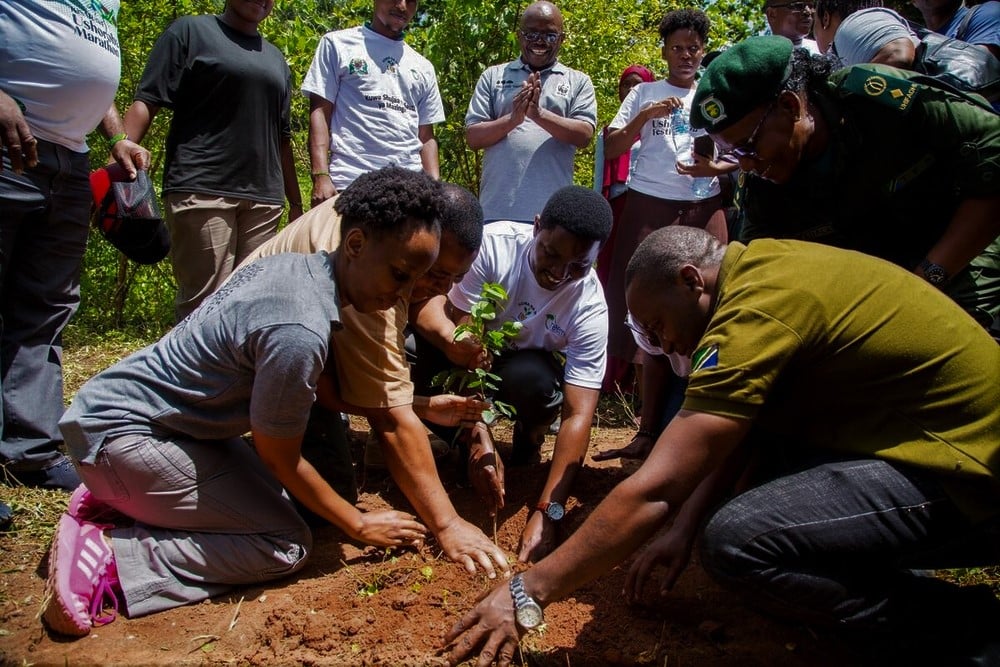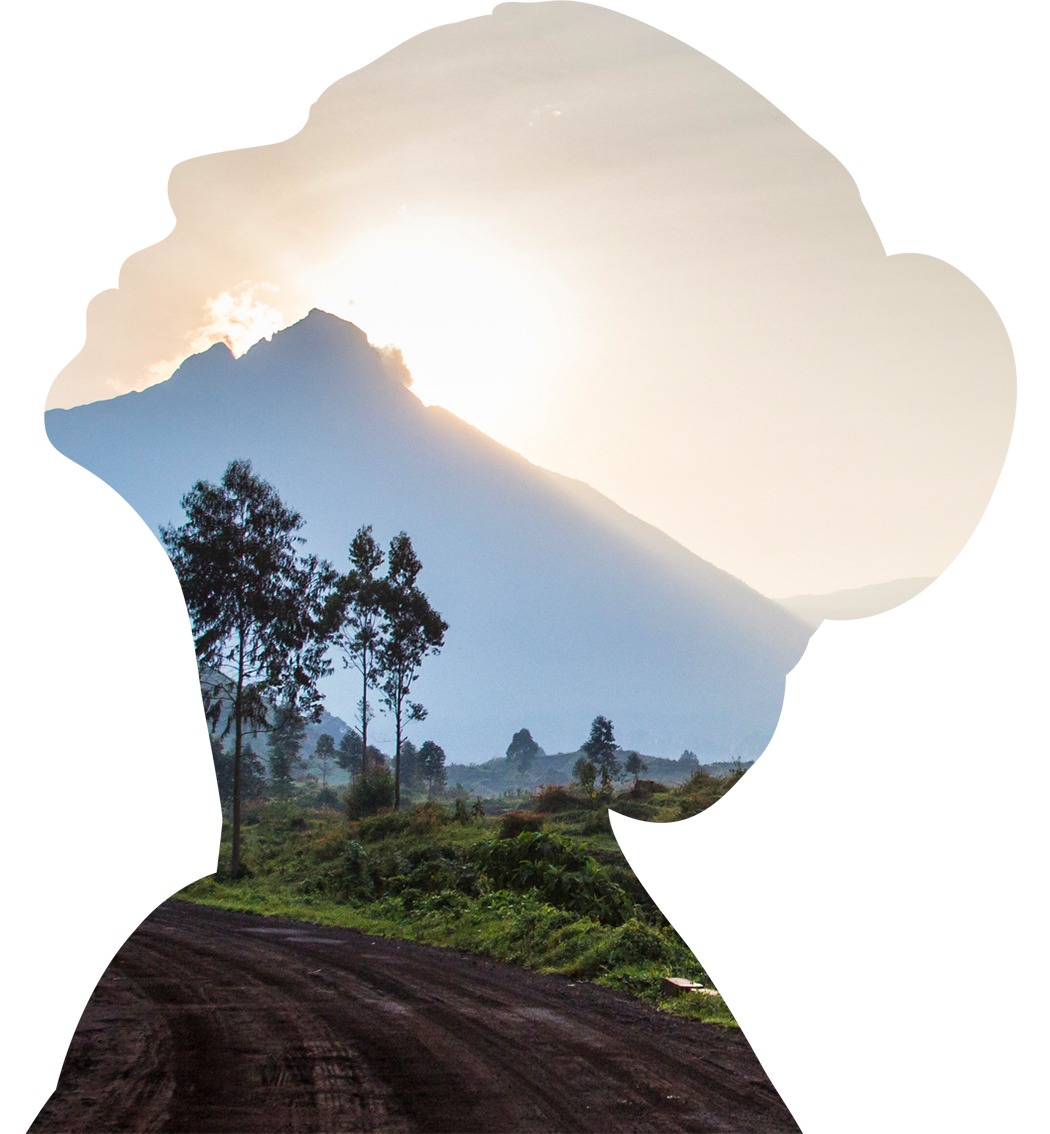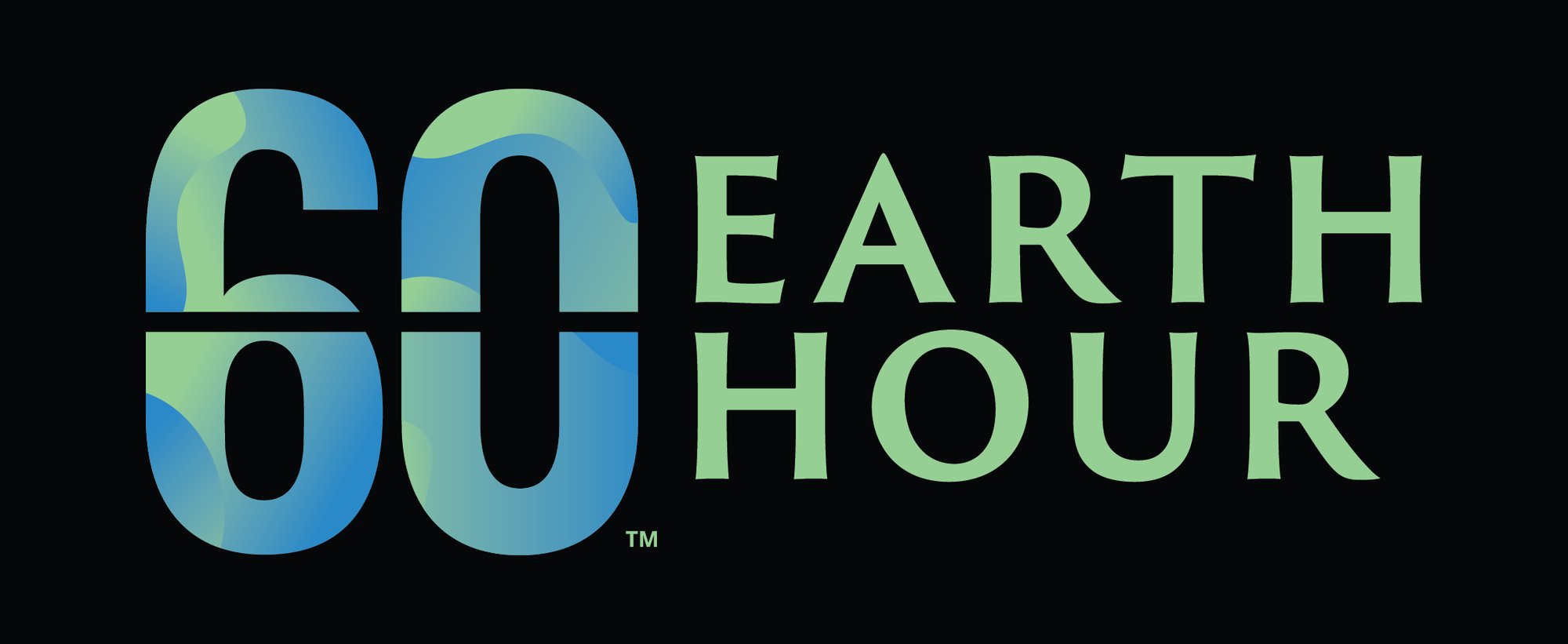The Biggest Hour for Earth
Since our beginnings in 2007, Earth Hour has been known for the “lights off” moment, with individuals from around the globe switching off their lights to show symbolic support for the planet and to raise awareness of the environmental issues affecting it.
More than 15 years later, we are now at a tipping point with our climate and nature crises, putting at risk the fate of our one home and all our futures. We are on course to breach by 2030 the 1.5°C global temperature increase limit set by the Paris Climate Agreement, and nature - the source of our very livelihoods and one of our biggest allies against the climate crisis - is also under severe threat, facing alarming and unprecedented rates of loss globally.
The next few years are therefore crucial to all our futures - we have to stay under the 1.5°C climate threshold to avoid irreversible damage to our planet, and we need to reverse nature loss by 2030, ending the decade with more nature than we started, not less. To make this happen, individuals, communities, businesses, and governments must all urgently step up their efforts to protect and restore our one shared home.
With this 2030 goal in mind, we too must step things up. So in 2023, we’re breathed new life into Earth Hour - our brand, our work, our message, and our mission - creating the Biggest Hour for Earth. How? By calling on our supporters across the globe to switch off their lights and give an hour for Earth, spending 60 minutes doing something - anything - positive for our planet.
Amidst our increasingly divided and polarized societies, the Biggest Hour for Earth becomes a precious moment of unity, reminding the world that our one shared home needs our help and that we all can - and must - play a part in protecting it.
Can an hour change the world?
Earth Hour invites you to switch off and spend 60 minutes doing something - anything - positive for our planet.
Just 60 minutes? Yes, just one hour. It may not seem like much, but the magic happens when you, and those like you in Asia and Africa, North and South America, Oceania and Europe - supporters in over 190 countries and territories - all Give an hour for our one home, creating the Biggest Hour for Earth.


For the future of our planet, and us
The planet is facing the twin crises of climate change and loss of nature. WWF’s Living Planet Report 2024 reveals a system in peril, with wildlife species populations declining by 73% since 1970. The Amazon, coral reefs, and polar ice sheets are approaching tipping points that could trigger irreversible damage. Climate change and nature loss threaten our survival, but we are not past the point of no return. Now, more than ever, Earth Hour, a beacon of positivity and inspiration - is a reminder of the urgency to act while we still can.
So, how can you contribute? Earth Hour is calling on individuals, communities, and businesses across the world to switch off their lights and Give an hour for Earth, spending 60 minutes doing something - anything - positive for our planet.
Whether you’re into food, fitness, the arts, or the outdoors - everyone can Give an hour for Earth by reconnecting with our planet, restoring our planet, learning more about our planet, or inspiring others to care for our planet - all while doing the things you love!
